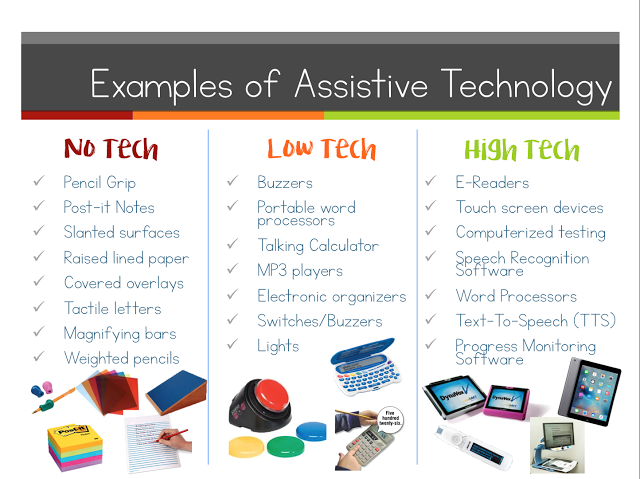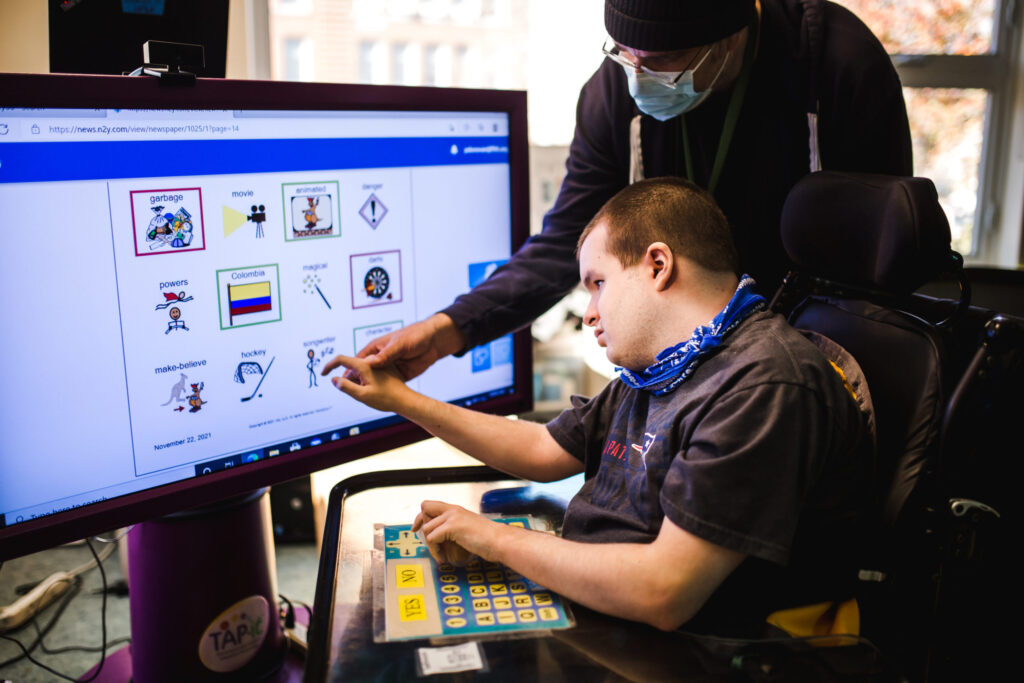As an educator who values the importance of creating inclusive learning environments, I have gained extensive experience working with assistive technology (AT) and witnessing its profound impact on students’ educational journeys. Assistive technology encompasses tools, software, or gadgets specifically created to help individuals with disabilities accomplish tasks that may otherwise pose difficulties for them. Although assistive technology (AT) provides significant advantages, it also presents many challenges and limitations. An important benefit of assistive technology (AT) in education is its capacity to empower students with impairments, granting them equitable opportunities to acquire knowledge and achieve success. Screen readers and text-to-speech software aid students with visual impairments in accessing textual content, while speech recognition software assists individuals with motor disabilities in typing and communication. These technologies break down obstacles, enabling students to actively participate in the learning process.

When it comes to supporting students with disabilities, assistive technology spans a wide range of tools and solutions, from simple low-tech aids like pencil grips to sophisticated high-tech devices such as computer programs and tablets. These tools are essential for facilitating learning and assisting students in overcoming obstacles that they may encounter in traditional educational environments. By leveraging a combination of low-tech, mid-tech, and high-tech solutions, educators can create inclusive learning environments where every student can thrive and reach their full potential.
However, using assistive technology (AT) in educational environments might present several obstacles, regardless of its advantages. One common issue is the initial learning curve for both educators and students. Introducing new technologies into teaching methods demands training and becoming acquainted with them, which can be a time-consuming process. Furthermore, some students face unequal access to assistive technology (AT) as a result of financial limitations or insufficient assistance from educational institutions, resulting in inequities in educational achievements.
In addition, although assistive technology (AT) improves accessibility, it may not fully meet the individual needs of every student. It is essential to use a customized strategy when implementing assistive technology (AT) because each student has distinct styles of learning and preferences. Adapting assistive technology solutions to meet individual needs can be complex and exhausting, demanding cooperation among educators, professionals, and students.
In spite of these difficulties, educators can utilize diverse technology and techniques to enhance the accessibility of their education across numerous learning modalities—Face-to-Face, blended, or online. Here are several methods that I have personally used and recommend – 
Universal Design for Learning (UDL): Implementing UDL practices for creating instructional materials and activities that are specifically designed to meet the needs of a wide range of learners from the beginning. This strategy reduces the need for upgrading assistive technology solutions in the future and encourages inclusivity from the beginning.
Accessibility features in Learning Management Systems (LMS): Learning Management Systems (LMS) often have built-in accessibility capabilities, such as subtitles, screen reader compatibility, and the ability to modify font sizes. Using these elements improves the accessibility of course information for every student.
Assistive Technology Workshops: Conducting assistive technology workshops or training sessions for educators and students promotes a deeper understanding of the tools that are accessible and how to utilize them efficiently. Guest speakers or assistive technology specialists might offer useful perspectives and practical instruction.
Collaborative Partnerships: Creating alliances with disability support agencies, technology suppliers, and community organizations helps broaden the availability of assistive technology tools and simplifies ongoing assistance for students with disabilities.
Regular feedback and evaluation: Obtaining suggestions from students regarding their assistive technology (AT) experiences and consistently assessing the efficacy of AT tools in fulfilling their requirements helps in improving instructional methods and making essential modifications.
In short, although assistive technology may pose difficulties, its ability to improve educational accessibility and inclusivity is unquestionable. By embracing an optimistic approach, remaining informed of technological changes, and cultivating collaborative partnerships, educators have the ability to establish inclusive learning environments that facilitate the success of all students.
It is important to keep in mind that the effort to achieve equal access to education is still in progress. Every action made to utilize assistive technology helps us get closer to reaching this crucial objective.
I agree when you say- although assistive technology may pose difficulties, its ability to improve educational accessibility and inclusivity is unquestionable. The difficulty is in terms of managing the cost and I feel if schools and institutions plan and take baby steps or according to what they can afford; it can work wonders. And teachers too can learn it because one tool at a time or according to need. And the video was interesting too. thanks
Hi Jashen!
I sincerely value your perceptive examination of assistive technology and how it contributes to inclusive classroom settings. Your thorough comprehension of the advantages and difficulties posed by assistive technology is indicative of your commitment to helping every student succeed academically. Your doable suggestions, which range from creating cooperative relationships to putting Universal Design for Learning into reality, are a priceless resource for teachers looking to improve accessibility in their classrooms. Continue your outstanding advocacy for all students to have equitable access to education.